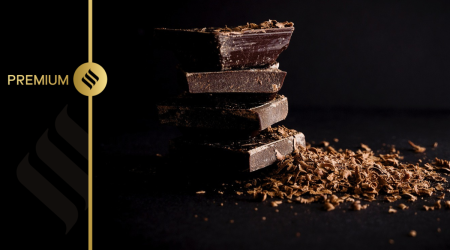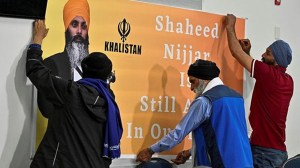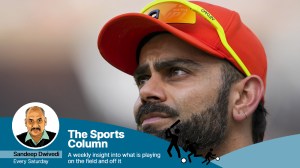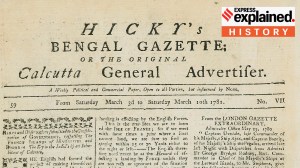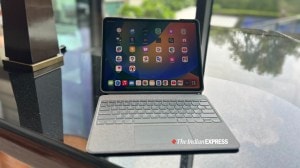- India
- International
Telstar, Azteca, Jabulani, Al Rihla: A short history of Fifa World Cup balls
Ball technology has undergone massive changes over the years. The match ball for the Qatar World Cup is the ‘fastest ever’, and has a sensor inside it to help decide off-side calls.
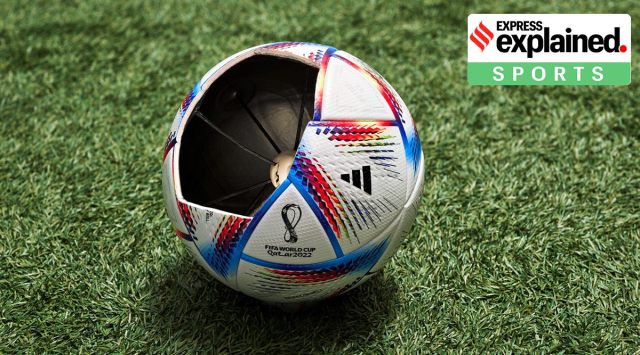 Al Rihla by Adidas, the official match ball for the 2022 Qatar World Cup. Fifa says the ball provides a vital element for the detection of tight offside incidents as an inertial measurement unit (IMU) sensor is placed at its centre. (Source: news.adidas.com)
Al Rihla by Adidas, the official match ball for the 2022 Qatar World Cup. Fifa says the ball provides a vital element for the detection of tight offside incidents as an inertial measurement unit (IMU) sensor is placed at its centre. (Source: news.adidas.com)
Fifa claims that Al Rihla, the official match ball for the Qatar World Cup, travels faster than any other in the tournament’s history. It is still early days in the tournament to sit in judgment on that claim. However, it’s a good time to understand the nuances of the 14th successive ball created by Adidas for Fifa World Cups, starting from Mexico 1970, as well as the history of match balls for the showpiece event.
Name and design of the World Cup ball
In Arabic, Al Rihla means ‘the journey’. The name is believed to be a reference to a travelogue written by Ibn Battuta, the 14th-century explorer who travelled around Asia, Europe and Africa.
Al Rihla is the first World Cup ball to be made exclusively with water-based inks and glues, as sustainability was a key priority for the makers, according to a Fifa statement. Its bold and vibrant colour is inspired by Qatar’s culture, architecture, iconic boats and flag, the game’s governing body noted after revealing the ball in March this year.
The main design features of the ball, according to Fifa, are a CRT core and a speedshell. The core provides speed, accuracy and consistency for fast-paced action and precision, with maximal shape and air retention, as well as rebound accuracy. The speedshell is a textured polyurethane skin with a new 20-piece panel shape, improving accuracy, flight stability and swerve.
Al Rihla’s role in the offside technology
Fifa has used for the first time a semi-automated technology for off-side calls in this World Cup. It uses 12 dedicated tracking cameras mounted underneath the roof of the stadium to track the ball and up to 29 data points of each individual player, 50 times per second, calculating their exact position on the pitch.

Al Rihla, Fifa says, provides a vital element for the detection of tight offside incidents as an inertial measurement unit (IMU) sensor is placed in the centre of the ball. This sensor sends ball data to the video operation room 500 times per second, allowing a very precise detection of the kick point.
Early years of Fifa World Cup balls
The first World Cup in 1930 had no official ball. Before the final, hosts Uruguay and Argentina sparred over the choice of the match ball and reached a compromise that the first half would be played with Argentina’s choice Tiento, followed by the T-model, preferred by Uruguay in the second half. Curiously, Uruguay overturned a 1-2 deficit to win 4-2 with their preferred ball and became champions.
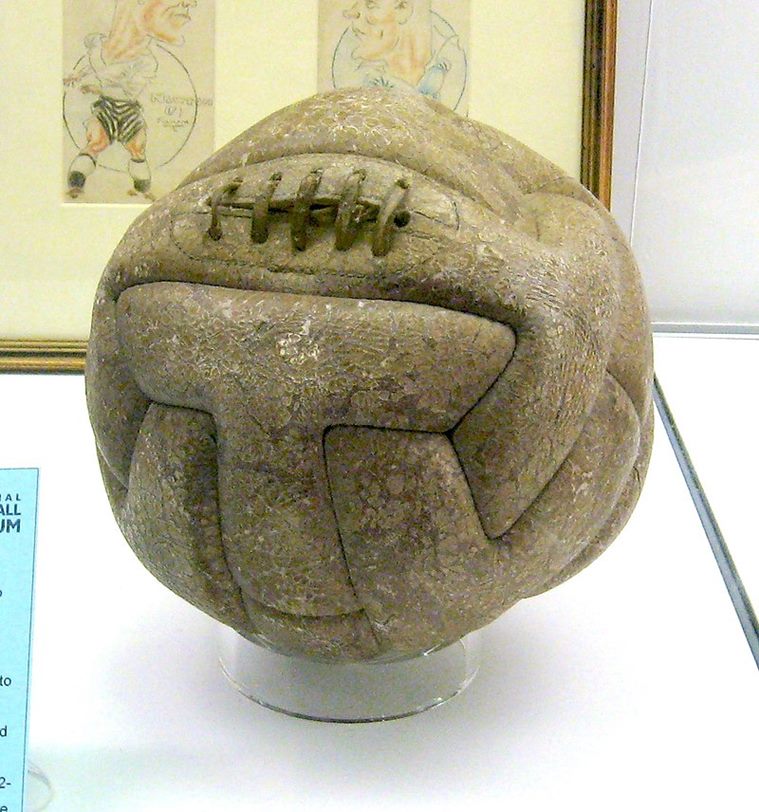 Uruguay won the first World Cup with their favourite ball, called T-model. (Source: Wikimedia Commons)
Uruguay won the first World Cup with their favourite ball, called T-model. (Source: Wikimedia Commons)
In 1950, the World Cup returned after a 12-year break, owing to World War II, with Duplo T, which did not have laces. It had valves through which the ball could be inflated with a pump and a needle.
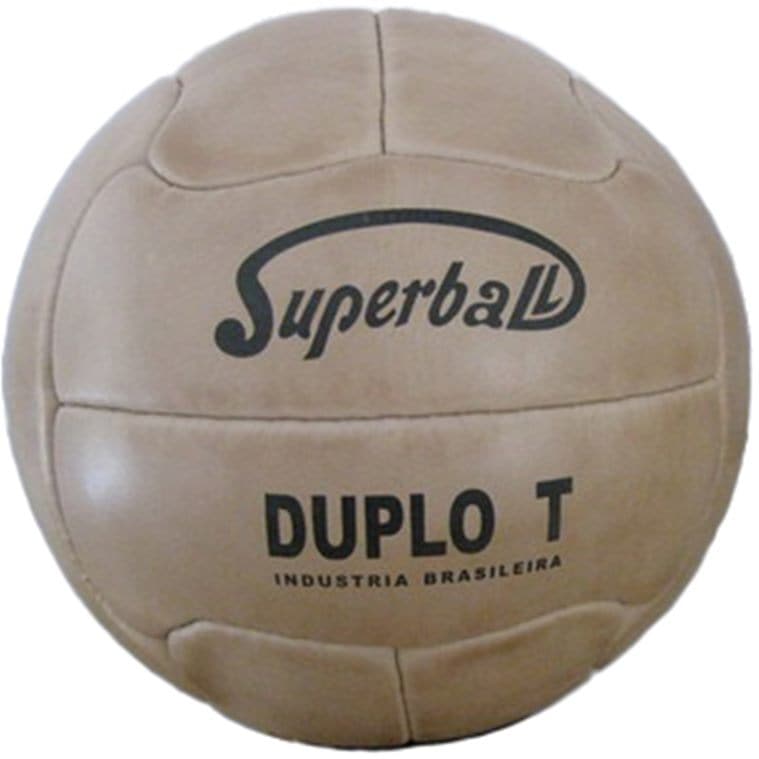 Duplo T in 1950 was the first World Cup ball without laces and it had valves to inflate the core. (Source: Wikimedia Commons)
Duplo T in 1950 was the first World Cup ball without laces and it had valves to inflate the core. (Source: Wikimedia Commons)
Adidas entered the scene in 1970
* At Mexico 1970, Adidas came into the picture for the first time, introducing a 32-panel black-and-white design for its iconic Telstar. The visibility of the ball on television improved considerably as a result. At West Germany 1974, Adidas became an official partner of Fifa as the company’s name featured on the ball for the first time.
* As the World Cup returned to Mexico in 1986, Adidas introduced Azteca, the first fully synthetic ball to be used in the history of the World Cup. The ball retained its shape after being kicked and fared much better than leather balls in water resistance and durability.
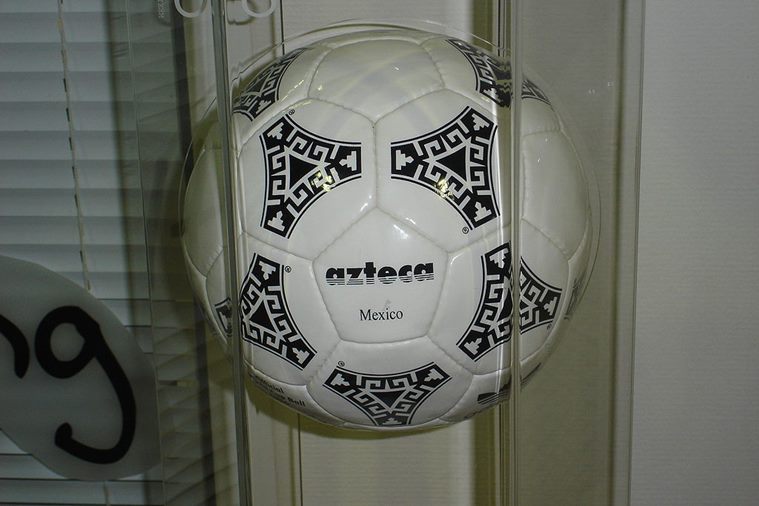 Azteca in 1986 was the first fully synthetic ball to be used in the history of the World Cup. (Source: Wikimedia Commons)
Azteca in 1986 was the first fully synthetic ball to be used in the history of the World Cup. (Source: Wikimedia Commons)
* France 1998 saw multicoloured balls in use for the first time. Tricolore had the colours of the French flag — red, white and blue — adorning the triads.
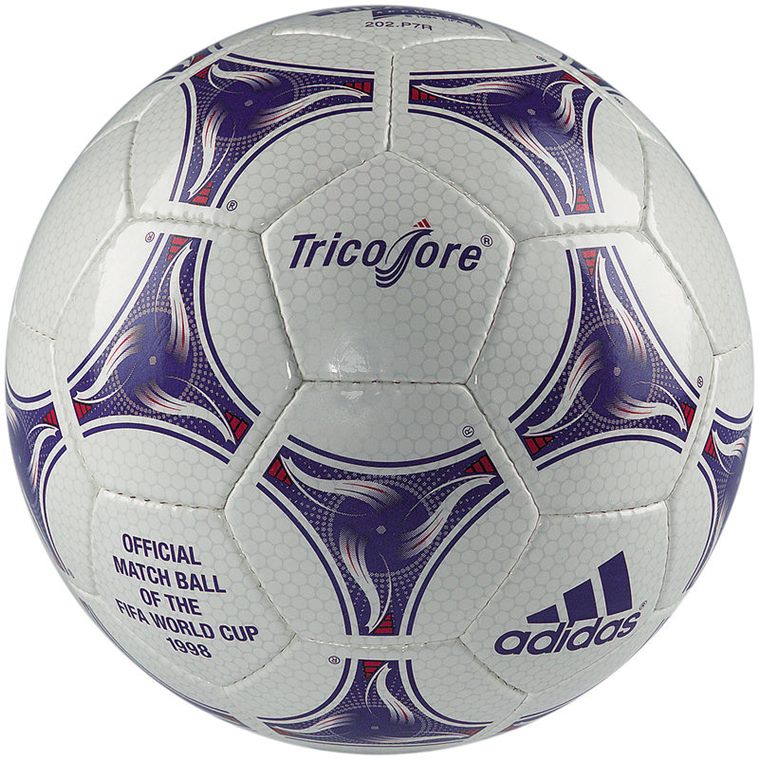 France 1998 saw multicoloured balls in use for the first time. Azteca had the colours of the French flag – red, white and blue. (Source: Wikimedia Commons)
France 1998 saw multicoloured balls in use for the first time. Azteca had the colours of the French flag – red, white and blue. (Source: Wikimedia Commons)
* 12 years later, at South Africa 2010, Adidas produced the most controversial World Cup ball of all time — Jabulani. The manufacturer reduced the number of panels to eight to make the ball more round but its unpredictable behaviour in the air made the players, especially goalkeepers such as Gianluigi Buffon of Italy and Julio Cesar of Brazil, extremely unhappy.
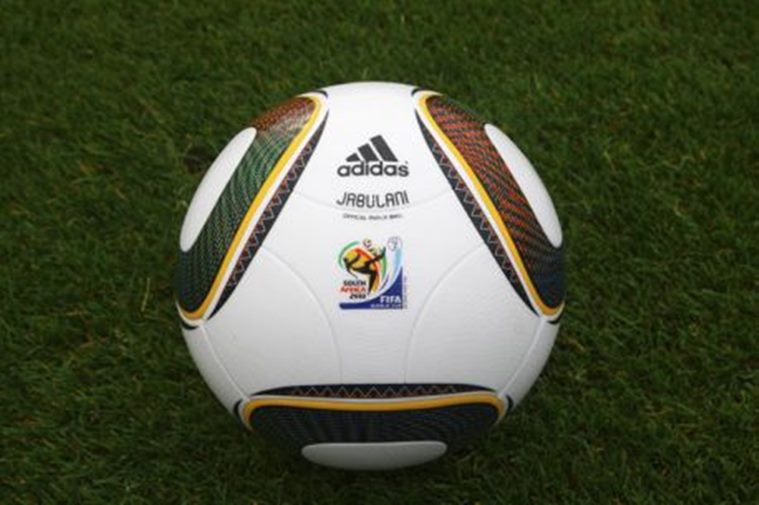 Jabulani in 2010 was notorious for its unpredictable behaviour in the air as several players voiced their disapproval. (Source: Wikimedia Commons)
Jabulani in 2010 was notorious for its unpredictable behaviour in the air as several players voiced their disapproval. (Source: Wikimedia Commons)
* After the troubles with Jabulani, when Brazil 2014 came around, Adidas sent out samples of the Brazuca to teams and players well in advance for the feedback. The ball, made of six polyurethane panels, fared much better than Jabulani.
In the last World Cup in Russia, Adidas reinvented the classic Telstar model of 1970 with a brand-new panel design.
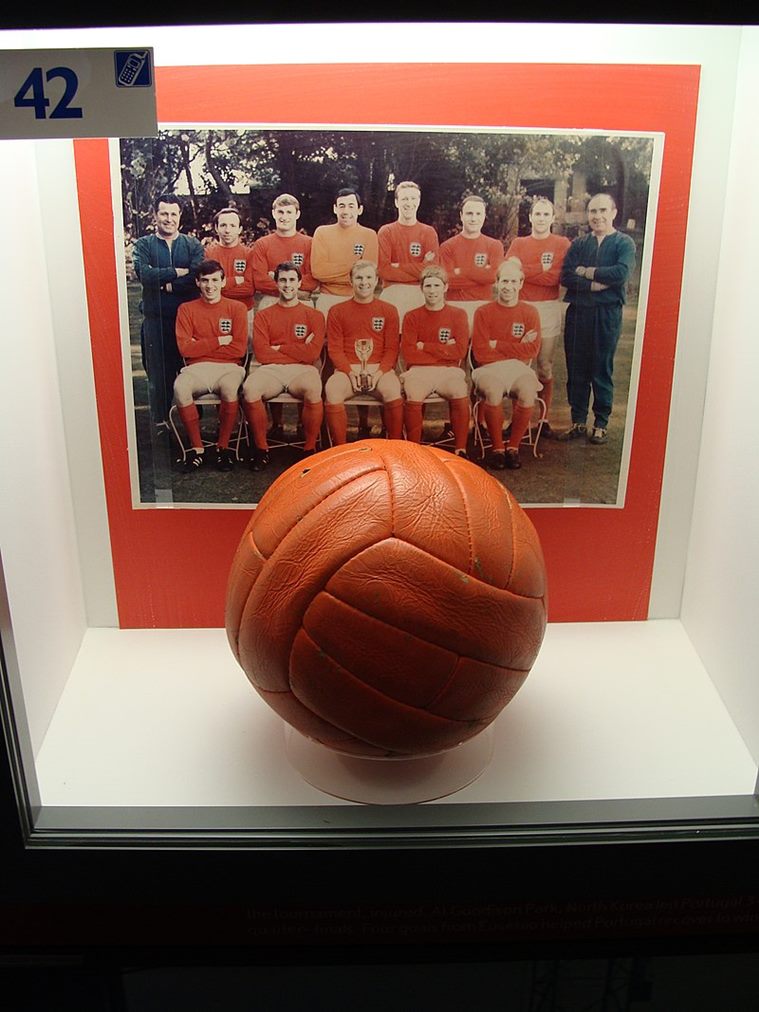 Slazenger’s Challenge 4-Star in England was the last World Cup ball provided by the host nation. (Source: Wikimedia Commons)
Slazenger’s Challenge 4-Star in England was the last World Cup ball provided by the host nation. (Source: Wikimedia Commons)
Not all goalkeepers are happy with Al Rihla
Balls travelling faster and faster has been making life difficult for goalkeepers and some of them in Qatar have already aired their disapproval of Al Rihla.
Uruguayan goalkeeper Sergio Rochet said ahead of his team’s opening match, “Year after year, it gets better for the strikers and for us goalkeepers it gets very tough.”
However, England’s reserve goalkeeper Aaron Ramsdale vouches that Al Rihla is “probably one of the better Adidas balls” he has played with. “I’ve never felt another World Cup ball, so I can’t go off that, but I’ve played with Adidas balls before, and European Championship balls and stuff, so it seems fine to me.”
More Explained
EXPRESS OPINION
May 04: Latest News
- 01
- 02
- 03
- 04
- 05








